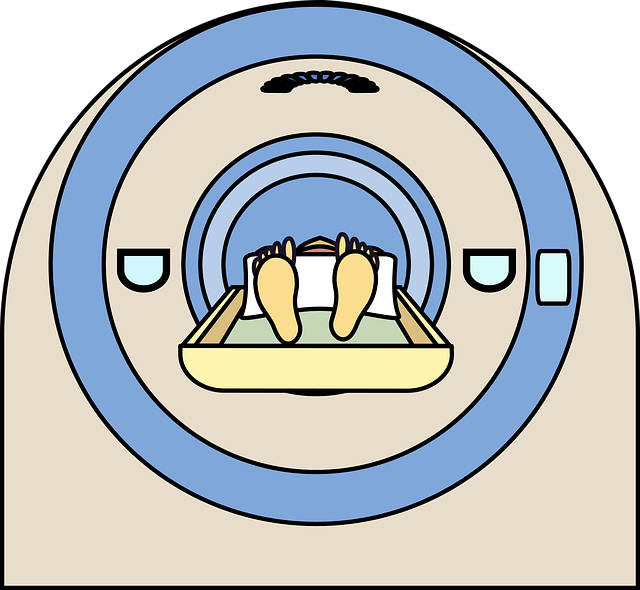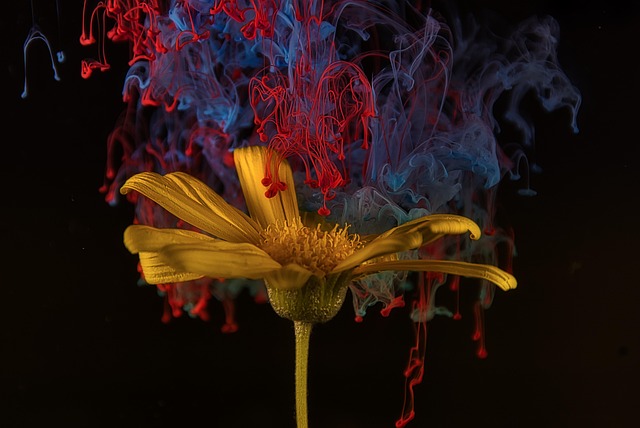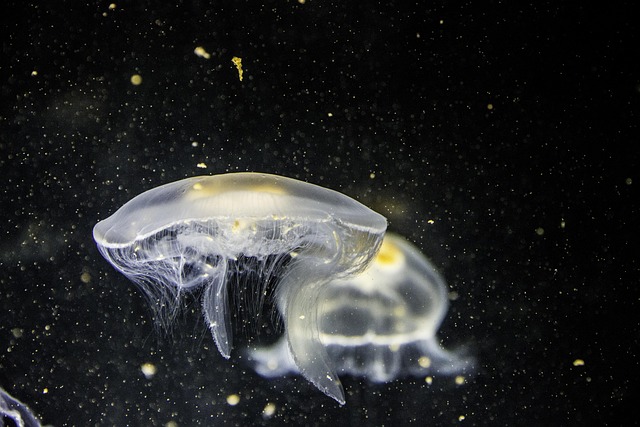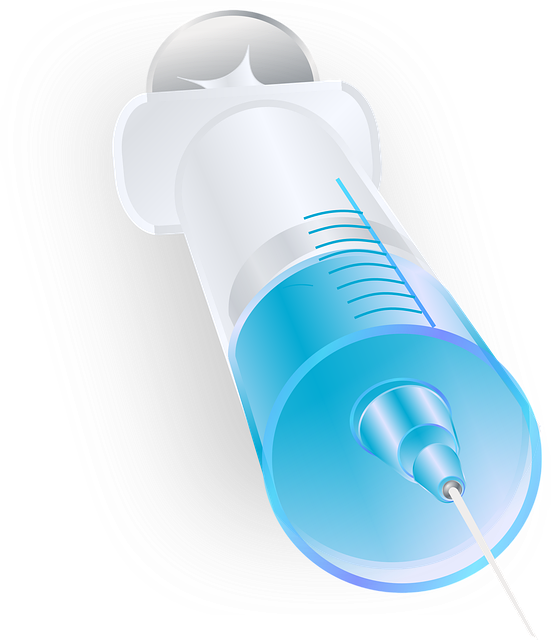Understanding Allergic Reactions to MRI Contrast Media

Contrast media for MRI are substances enhancing body scan visibility, based on gadolinium ions. Alle…….
In the realm of medical imaging, Magnetic Resonance Imaging (MRI) has emerged as a powerful tool for diagnosing and monitoring various health conditions. However, the quality and depth of information obtained from MRI scans heavily rely on the use of contrast media. This article delves into the world of contrast media for MRI, exploring its role, impact, and future potential. We will navigate through historical context, global trends, economic implications, technological innovations, regulatory frameworks, challenges, real-world applications, and the outlook for this vital component in healthcare.
Definition and Role:
Contrast media for MRI refers to substances or agents administered to patients before or during an MRI scan, primarily to enhance the visibility of specific tissues or structures within the body. These materials are carefully formulated to interact with the magnetic field of the MRI machine, creating distinct signals that differentiate between various types of tissues.
Core Components and Function:
Historical Perspective:
The use of contrast media in MRI began in the 1980s as a means to improve the diagnostic accuracy of this non-invasive imaging technique. Early efforts focused on developing agents that could distinguish between normal and abnormal tissues, particularly in cancer detection and brain imaging. Over time, advancements in chemistry and materials science led to more sophisticated contrast agents with improved safety profiles and enhanced signal enhancement.
Significance:
Contrast media plays a pivotal role in MRI by:
International Influence:
The use of contrast media for MRI has spread globally, driven by increasing healthcare awareness and the growing demand for advanced imaging technologies. Major medical centers and research institutions worldwide contribute to the development and optimization of these agents, ensuring their accessibility and effectiveness across different populations.
Regional Dynamics:
Trends Shaping the Future:
Market Size and Growth:
The global contrast media for MRI market was valued at approximately USD 2 billion in 2021 and is projected to grow at a CAGR of around 5% from 2022 to 2030. This growth is attributed to the increasing adoption of MRI as a preferred diagnostic modality, rising healthcare expenditure, and advancements in contrast media technology.
Market Drivers:
Price and Accessibility:
The cost of contrast media varies based on the agent’s complexity and the region. While some agents may be relatively expensive, efforts to improve manufacturing processes and increase competition can lead to more affordable options. Ensuring accessibility and affordability is crucial, especially in regions with varying healthcare budgets and insurance coverage.
Advancements in Contrast Agent Formulations:
Improving Imaging Technologies:
Digital Imaging and Analytics:
The integration of digital imaging and analytics platforms enables advanced image processing and interpretation, further enhancing the value of contrast media in MRI. These tools assist radiologists in detecting subtle abnormalities and providing quantitative assessments.
Global Regulations:
Key Considerations:
Safety Concerns:
One of the primary challenges is minimizing side effects, particularly kidney toxicity associated with some contrast agents. Researchers are actively exploring safer alternatives and optimizing existing formulations to address this issue.
Allergic Reactions:
Despite rare occurrences, allergic reactions to contrast media can be severe. Healthcare providers must be prepared to manage these reactions, and alternative agents may be considered for patients with a history of allergies.
Cost-effectiveness:
Ensuring the cost-effectiveness of contrast media is essential, especially in public healthcare systems. Balancing innovation, safety, and affordability is crucial for widespread adoption.
Access and Distribution:
Equitable access to contrast media, particularly in regions with limited healthcare resources, remains a challenge. Optimizing distribution networks and exploring partnerships can help address this issue.
Cardiovascular Imaging:
Contrast media plays a vital role in cardiac MRI, enabling the visualization of blood flow patterns, heart function, and vascular structures. This is crucial for diagnosing conditions like cardiomyopathy, coronary artery disease, and aortic aneurysms.
Neurological Disorders:
In neurology, contrast media enhances the detection of brain tumors, neurological injuries, and degenerative conditions. It aids in understanding blood-brain barrier dysfunction and assessing treatment responses.
Oncological Applications:
Functional imaging with contrast media can help identify early-stage tumors, assess tumor metabolism, and monitor treatment effectiveness. This is particularly valuable in cancer types like breast, prostate, and liver cancers.
Orthopedic Imaging:
Contrast media is used to visualize joints, muscles, and soft tissues, aiding in the diagnosis of orthopedic injuries, inflammation, and degenerative conditions.
The future of contrast media for MRI holds immense potential with ongoing research and technological advancements. Key areas of focus include:
In conclusion, contrast media is a critical component of modern MRI practices, enabling accurate diagnostics and guiding treatment decisions. Continuous research, regulatory oversight, and technological innovations will shape the future of contrast media, improving patient care and outcomes across various medical specialties.

Contrast media for MRI are substances enhancing body scan visibility, based on gadolinium ions. Alle…….

MRI with contrast agents revolutionizes neurology and neurosurgery by providing detailed, non-invasi…….

Contrast media for MRI enhances anatomical details, aiding diagnoses but poses risks to patients wit…….

Contrast-enhanced MRI utilizes specialized MRI scan contrast agents to target blood vessels, improvi…….

MRI contrast injection is a vital tool for neurologists, enhancing brain and spinal cord visibility…….

High-resolution MRI imaging provides detailed visualization of internal body structures, enabling ra…….

Contrast agents for magnetic resonance imaging (MRI) significantly enhance diagnostic capabilities b…….

High-resolution MRI imaging leverages contrast mechanisms like T1 and T2 weights to produce detailed…….

Allergies to MRI contrast agents pose risks of severe reactions during high-resolution MRI imaging……..

Gadolinium-based contrast agents (GBCAs) have significantly enhanced magnetic resonance imaging (MRI…….